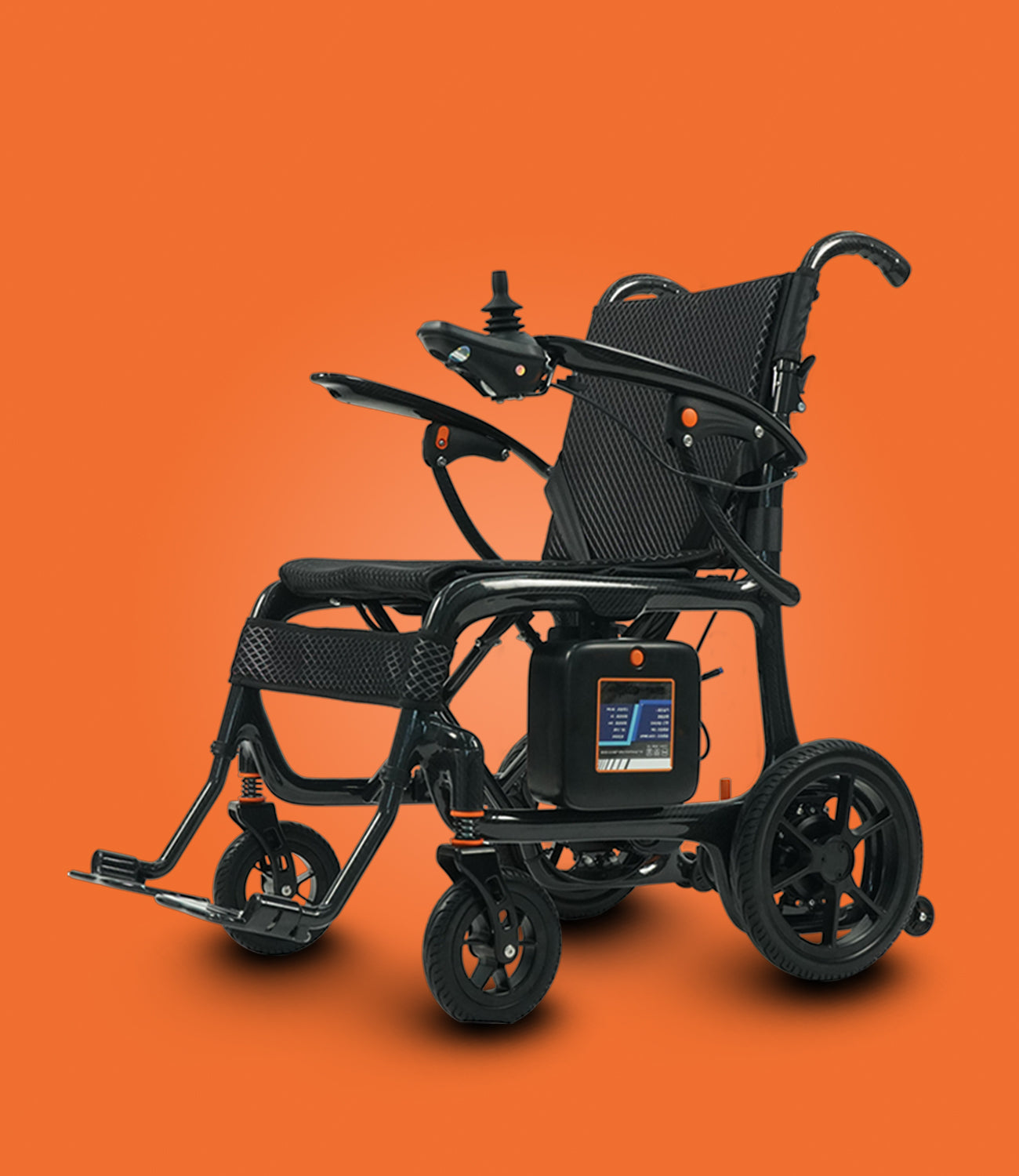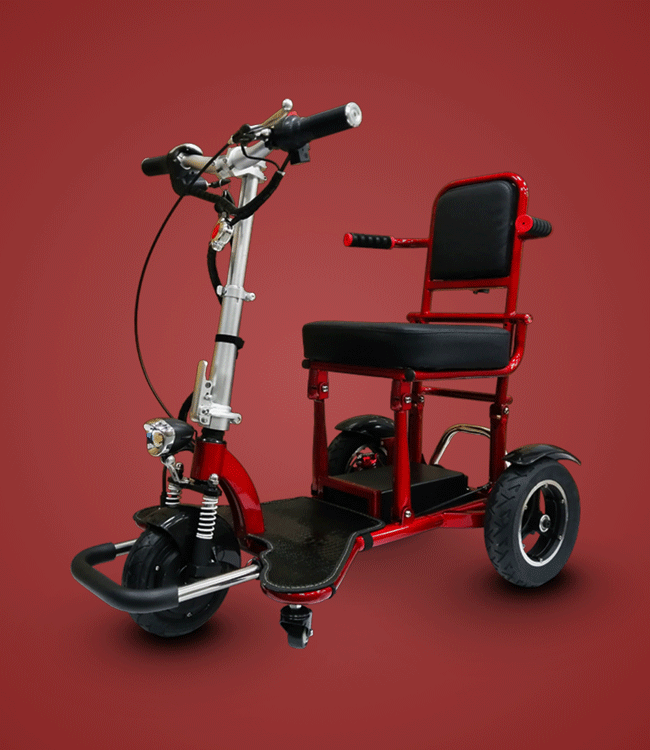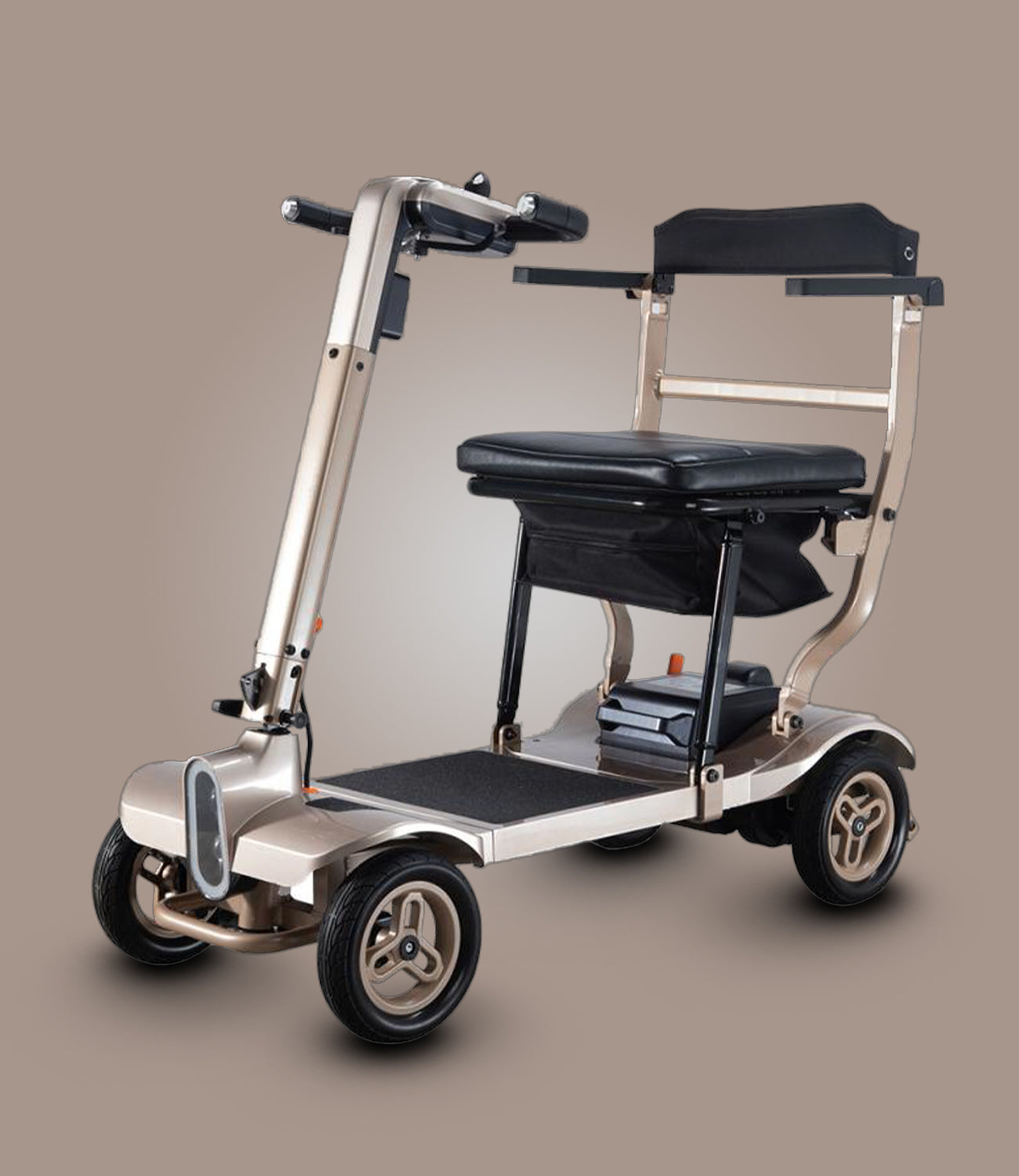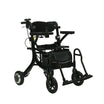Is moving around proving to be a challenge for you or a loved one? Motorised solutions such as Personal Mobility Aids (PMA) are great but with so many options you may wonder, "Which type of mobility aid is right for me?" MOBOT takes pride in being the largest retailer in the Personal Mobility Aid market in Singapore, renowned for offering a vast selection of law compliant mobility scooters and motorised electric wheelchairsthat are public transport friendly. Continue reading to learn how to decide between these options and the different types of mobility aids available within each category.
What is a mobility aid?
A personal mobility aid (PMA) is a mobility device designed to carry an individual who is unable to walk or has difficulty walking. There are few things to look out for when choosing a mobility aid, the first of them is what to consider before purchasing a mobility aid. Below are the considerations to factor into your decision.
When selecting a mobility aid, it is essential to evaluate the requirements, mobility considerations, and existing health conditions of the individual needing it. This comprehensive evaluation can be broken down into key factors, such as:
Can the user walk, and if yes, for how long?
Does the individual have a significant risk of falling when walking or transitioning from sitting to standing?
Consider whether they require a device with specific controls or features to accommodate their coordination abilities.
Types of Handlebar / Control
|
Twist Throttle |
Delta Tiller |
Joystick |
|
|
|
Examine the user's range of motion in their upper body and limbs. Determine if the mobility aid's design aligns with its range of motion, ensuring comfort and ease of use.
Consider whether they need a mobility aid that offers sufficient comfort and support for prolonged use.
It is important to consider the size and dimensions of the PMA to ensure that it is capable of supporting the user's weight and that it matches the user's body size and proportions for safety and comfort.
A motorised personal mobility aid has constraints in terms of accessibility, particularly in public transportation and narrow walkways. Evaluating these limitations is crucial.
If frequent travel is part of your lifestyle, this is where the factors of portability and transportation come into effect. It is important to consider the device's weight, foldability and ability to be conveniently stored. MOBOT's PMAs use lithium-ion batteries that are easy to detach.
Commercial airlines follow the International Air Transport Association regulations for carrying battery-powered mobility aids. Please verify your airline's specific requirements for carrying mobility aids, as regulations may vary between airlines.
Generally, the power rating of the battery should not exceed 300Wh*, or for mobility devices with two batteries, each should not exceed 160Wh. To calculate Watt hours, use the formula *Watt hours (Wh) = Amp-hours (Ah) x Voltage (V)”.
Should you select a motorised wheelchair or mobility scooter?
Wheelchairs are for individuals with restricted leg function who cannot sustain weight on their legs for extended periods. Electric wheelchairs are less physically taxing as they are solely controlled by a joystick, requiring less exertion to operate. They can also be manually pushed by another person making them suitable for use at home, in public indoor spaces and outdoors.
MOBOT carries many PMA models suitable for handicapped individuals and people with mobility constraints. Our mobility scooters and motorised electric wheelchairs are designed with user experience in mind. MOBOT prioritises manoeuvrability so that users of PMA can enjoy riding it effortlessly in different terrains or environments, thereby enhancing and improving the efficiency of day-to-day activities.
If you are still unsure of which mobility aid is suitable for you, take our quiz now!











Leave a comment
This site is protected by hCaptcha and the hCaptcha Privacy Policy and Terms of Service apply.